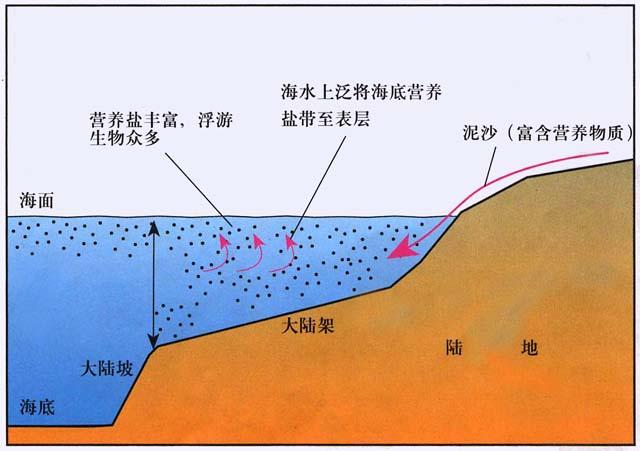It was scored everywhere with canyons, trenches, and crevasses and dotted with volcanic seamounts that he called guyots after an earlier Princeton geologist named Arnold Guyot. All this was a puzzle, but Hess had a war to take part in, and put such thoughts to the back of his mind.

It traced a continuous path along the world's seabeds, rather like the stitching on a baseball. If you began at Iceland, you could follow it down the center of the Atlantic Ocean, around the bottom of Africa, and across the Indian and Southern Oceans, below Australia; there it angled across the Pacific as if making for Baja California before shooting up the west coast of the United States to Alaska. Occasionally its higher peaks poked above the water as an island or archipelago—the Azores and Canaries in the Atlantic, Hawaii in the Pacific, for instance—but mostly it was buried under thousands of fathoms of salty sea, unknown and unsuspected. When all its branches were added together, the network extended to 46,600 miles.












